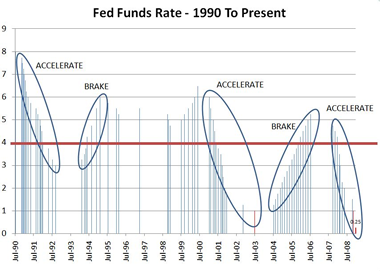After listening to much discussion about Toyota's problems with sudden acceleration, it occurred to me that most drivers simply can't react to this situation because they have so little experience with unreliable vehicles.
That should be good news, but it means that the reaction training needed is missing. Having started driving in the late 1950s, I had all sorts of experience with vehicles that probably ... no, definitely ... should not have been on the road. Chronically leaking master brake cylinders were not that uncommon among the post-WWII junkers. The point was that you had to learn to adapt to serious mechanical troubles that not only could happen, but happened more than one would like to think.

Back to Toyota....
Every vehicle comes with a mechanical "emergency" brake. Now, engaging the emergency brake will probably not stop a vehicle with the accelerator jammed to the floor. Back when hardly anyone drove an automatic transmission, you knew to downshift to help slow down when the brakes didn't work. With automatic transmissions, that technique is a bit less effective.
But it seems to me that a quick shift into neutral followed by the application of the emergency brake is what should be done during these runaway conditions... especially if the normal brakes are not working as has been reported in some cases. Certainly, the engine could be damaged from over-revving, but if the emergency braking is successful, it would be worth the cost to avoid a high-speed disaster.
Perhaps someone could explain why this two-second maneuver should not be done or why it would not be effective. Otherwise, it would seem prudent to inform people that this option is available.




























